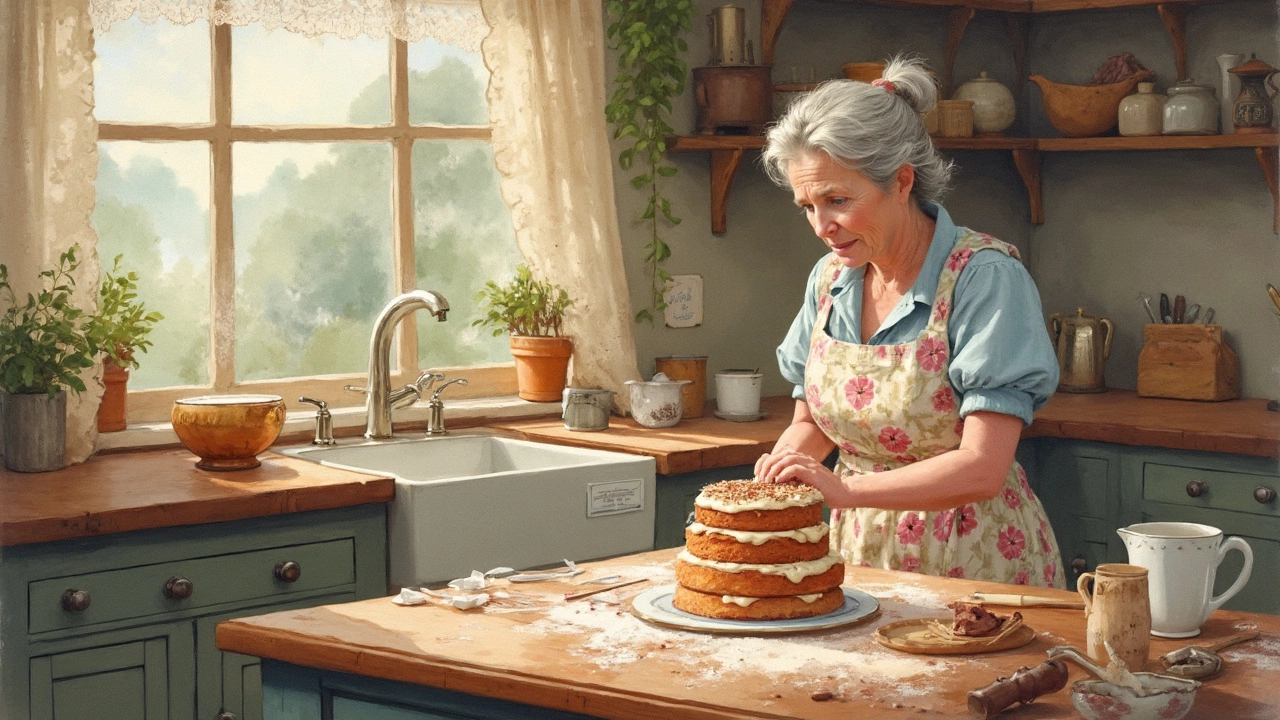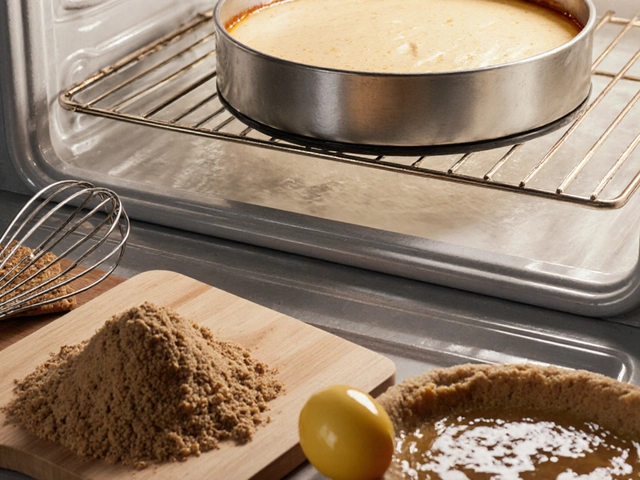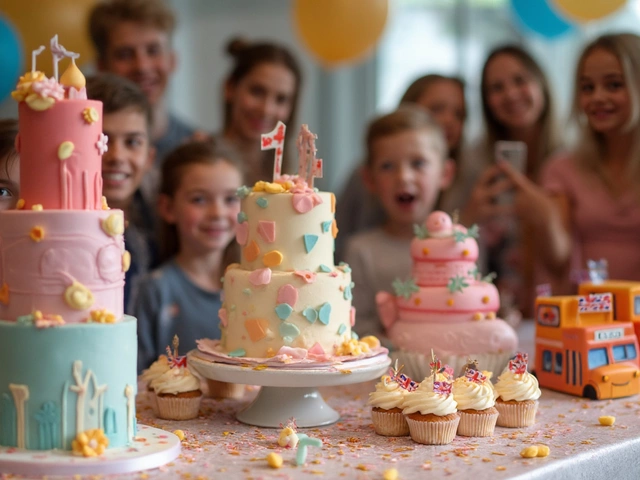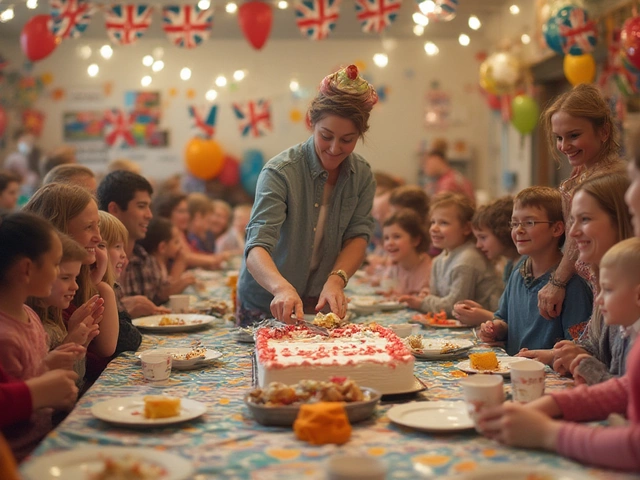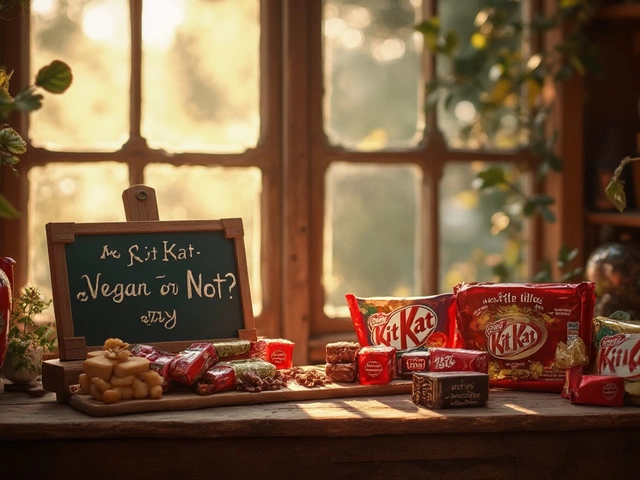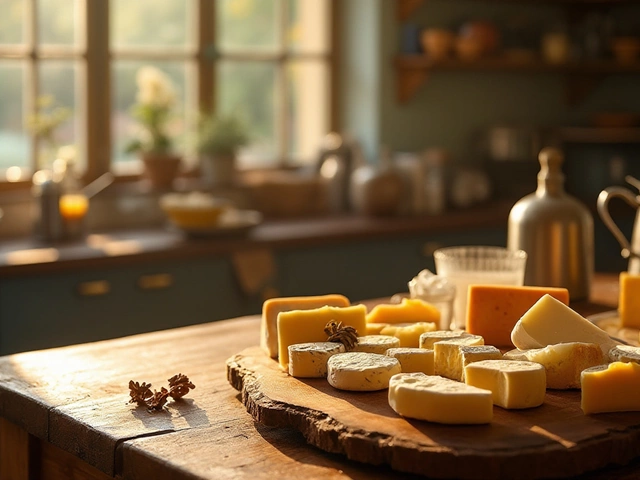Cake Baker Tips & Recipes – Your Quick Guide to Baking Great Cakes
If you’re looking to up your cake game, you’re in the right spot. Whether you’re a complete beginner or someone who bakes once a month, the basics don’t change: good ingredients, the right technique, and a little patience. Below are the core steps that turn a simple batter into a crowd‑pleasing cake, plus a few creative ideas to make it stand out.
Essential Baking Basics
Start with the flour. All‑purpose works for most recipes, but for a softer crumb try switching half of it for cake flour. It has less protein, so the gluten network stays light. Next, sugar isn’t just sweetener – it helps keep the cake moist. Granulated sugar aerates the butter when you cream them together, creating tiny pockets that lift the batter.
Don’t overlook temperature. Room‑temperature butter, eggs, and milk blend more evenly, preventing curdling and giving the batter a uniform texture. If your kitchen is cold, give the butter a quick 30‑second melt in the microwave (then let it cool a bit) before mixing.
When it comes to mixing, the rule is simple: combine dry ingredients, cream butter and sugar, add eggs one at a time, then alternate adding dry mix and liquid. Over‑mixing after the flour goes in can develop too much gluten, making the cake dense. Stop as soon as the batter looks smooth.
Finally, make sure your oven is preheated. Most cakes bake at 350°F (175°C). Use an oven thermometer – the built‑in gauge can be off by 15‑20 degrees, and that difference can dry out a cake or leave it undercooked.
Creative Decorating Ideas
Once the cake is out of the oven and cooled, the fun really begins. A simple buttercream can be flavored with vanilla, cocoa, or even espresso. For a quick finish, spread a thin “crumb coat” – a light layer of icing that locks in crumbs – then chill for 15 minutes before adding the final thick layer. This trick gives you a smooth surface without any texture mishaps.
If you want to add a pop of color, try a natural food‑grade color made from beet juice, turmeric, or matcha powder. They blend well into frosting and keep the taste authentic. For a themed look, such as a “red car” cake, use a sheet of edible fondant, cut the shape with a sharp knife, and attach it with a dab of royal icing.
Want extra flair without spending hours? Sprinkle the top with crushed nuts, toasted coconut, or a drizzle of caramel. These add crunch and visual interest. You can also use store‑bought cake toppers – think mini figurines, chocolate shapes, or fondant decorations – to match any occasion.
And don’t forget the brownie crowd. If your guests love fudgy treats, bake a thin brownie layer and stack it between cake tiers. The contrast of a moist brownie and fluffy cake is a crowd‑pleaser that’s easy to pull off.
Remember, the key to being a good cake baker is practice and staying flexible. If a recipe calls for oil instead of butter, use it – it yields a moister crumb. If you run out of a specific extract, a splash of liqueur or citrus zest can do the trick. Experiment, taste, and adjust.
With these basics and a handful of decorating shortcuts, you’ll feel confident tackling anything from a simple birthday cake to a show‑stopping themed masterpiece. Grab your mixing bowl, preheat the oven, and start baking – the next great cake is just a few minutes away.
